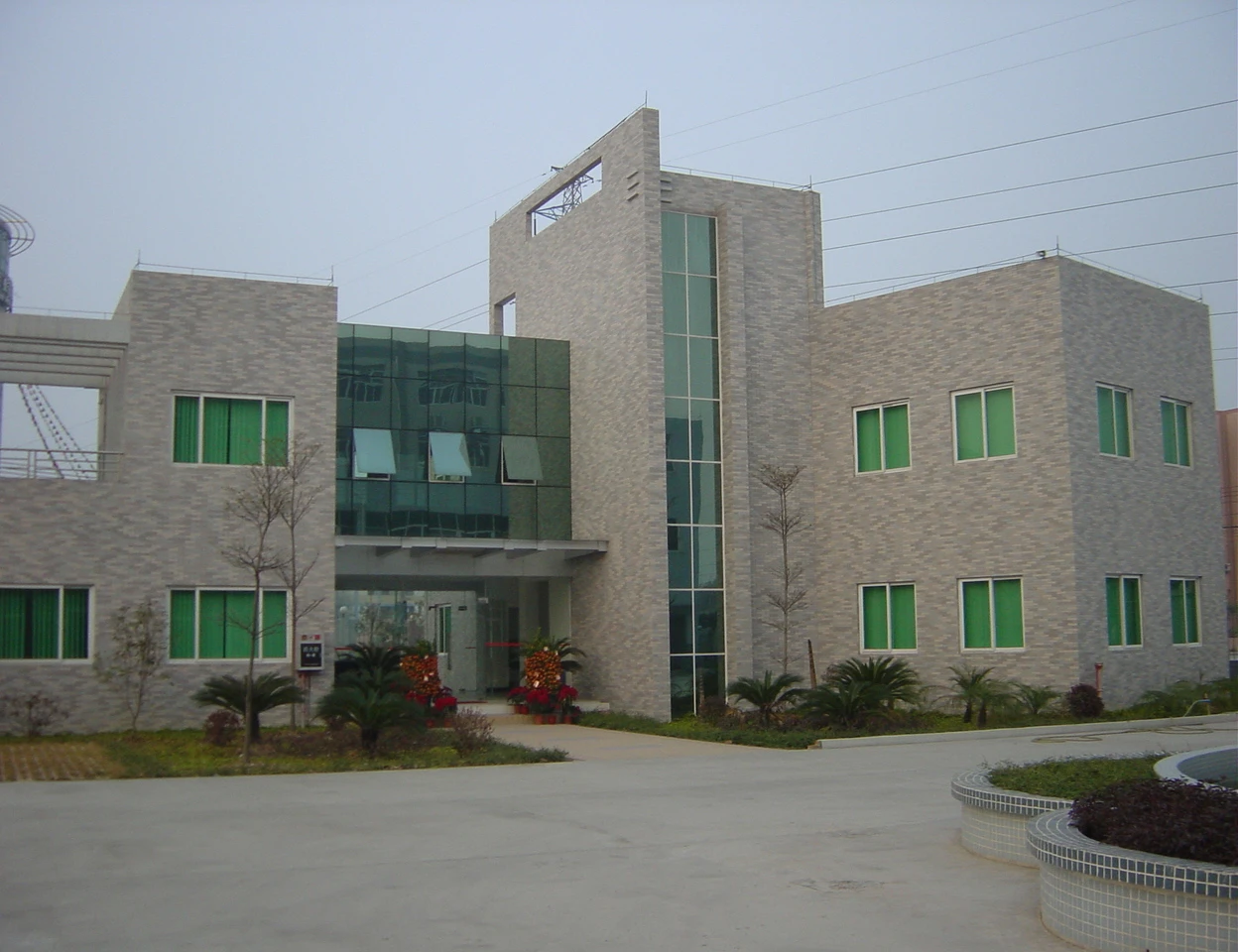



what chemicals are used in municipal water treatment
Chemicals Used in Municipal Water Treatment
Municipal water treatment plays a crucial role in ensuring that the water supplied to households and businesses is safe for consumption. This process involves a series of steps and the application of various chemicals aimed at removing contaminants, disinfecting water, and improving overall quality. Understanding the chemicals utilized in municipal water treatment is essential for appreciating the complexity of providing clean water to communities.
Coagulants and Flocculants
One of the primary steps in water treatment is coagulation and flocculation. This process involves the addition of coagulants, typically aluminum sulfate (alum) or ferric chloride, to raw water. These chemicals help to aggregate small particles and impurities suspended in the water into larger clusters called flocs. Once formed, these flocs can easily settle out of the water during sedimentation. Flocculants may also be added to enhance the aggregation process, which helps in the efficient removal of these contaminants.
pH Adjustment Chemicals
The pH level of water plays a significant role in the effectiveness of the treatment process. If the water is too acidic or alkaline, it can affect the solubility of metals and the efficiency of disinfection. As such, pH adjustment chemicals like sodium hydroxide (caustic soda) or sulfuric acid are commonly used. By maintaining a neutral pH, water treatment facilities can optimize the coagulation and disinfection processes, thus ensuring better removal of contaminants.
Disinfectants
Disinfection is a critical step in municipal water treatment, aimed at eliminating pathogenic microorganisms that could pose health risks
. The most widely used disinfectants include chlorine, chloramine, and ozone.- Chlorine is perhaps the most common disinfectant. It is not only effective in killing bacteria but also helps in controlling viruses and other harmful microorganisms. However, chlorine can react with organic materials in the water, forming disinfection byproducts (DBPs), some of which may be harmful.
what chemicals are used in municipal water treatment

- Chloramine, a compound formed from chlorine and ammonia, is often used as an alternative to chlorine, especially in areas sensitive to DBPs. Chloramine provides longer-lasting disinfection as it remains in the water for more extended periods, ensuring residual protection in the distribution system.
- Ozone is another powerful disinfectant and is effective in breaking down organic pollutants. Although ozone is less commonly used than chlorine, its ability to destroy hard-to-treat microorganisms makes it an important option. However, it is not typically used for residual disinfection since it decomposes quickly.
Corrosion Inhibitors
Corrosion control is vital in protecting water distribution systems and ensuring water quality. Corrosion inhibitors, such as ortho-polyphosphate and sodium silicate, are added to help coat the pipes and reduce the leaching of metals, such as lead and copper, into the drinking water supply. By maintaining the integrity of the distribution system, these inhibitors contribute to safer and healthier water for consumers.
Flavors and Odor Control Chemicals
Various chemicals are also employed to enhance the sensory qualities of drinking water. Activated carbon, for instance, is commonly used for taste and odor control. It effectively adsorbs volatile organic compounds and other substances that may contribute to unpleasant flavors or odors in water. Additionally, potassium permanganate may be used to oxidize iron and manganese, which can also cause undesirable tastes and colors.
Conclusion
Municipal water treatment relies on a diverse array of chemicals, each serving a specific purpose in the overall process. Coagulants and flocculants assist in the removal of suspended particles, while pH adjustment chemicals optimize the treatment environment. Disinfectants ensure the microbiological safety of water, and corrosion inhibitors protect both the infrastructure and the quality of the water supplied. With an increasing focus on water quality and safety, advancements in chemical treatment methods continue to evolve, ensuring that municipal water systems can meet the growing needs of communities while safeguarding public health. Understanding the significance of these chemicals highlights the intricate balance between delivering clean water and addressing potential risks, ultimately reinforcing the importance of effective water treatment practices.
-
Why Sodium Persulfate Is Everywhere NowNewsJul.07,2025
-
Why Polyacrylamide Is in High DemandNewsJul.07,2025
-
Understanding Paint Chemicals and Their ApplicationsNewsJul.07,2025
-
Smart Use Of Mining ChemicalsNewsJul.07,2025
-
Practical Uses of Potassium MonopersulfateNewsJul.07,2025
-
Agrochemicals In Real FarmingNewsJul.07,2025
-
Sodium Chlorite Hot UsesNewsJul.01,2025










